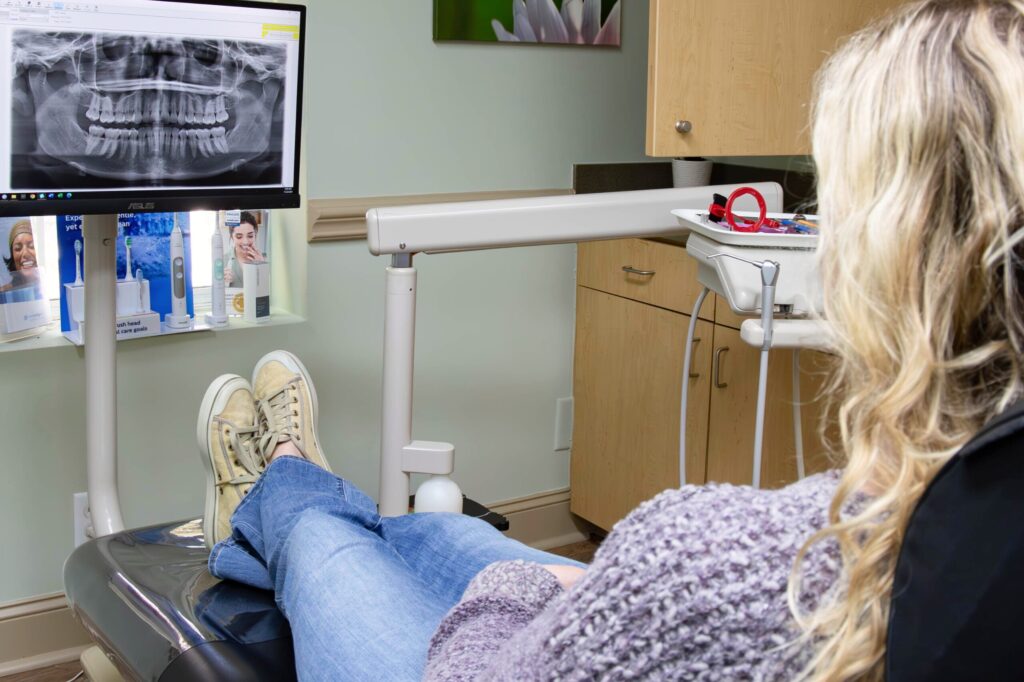In cases of severe TMD, more advanced treatments may be necessary. These options can include:
- Orthodontics: To realign teeth and improve bite function.
- Dental Restorations: Such as bridgework to restore missing teeth and improve occlusion.
- Minor Procedures: These can include cortisone injections to reduce inflammation or joint lavage (flushing) to cleanse the joint.
Major surgery for TMD is quite rare. It’s crucial to exhaust a variety of conservative and reversible treatments before considering more invasive options, as these initial approaches often prove effective.
If you’re experiencing pain, the first step is to schedule an examination at our dental office. We’re here to help you find relief and discuss your treatment options. For more information, feel free to contact us.


